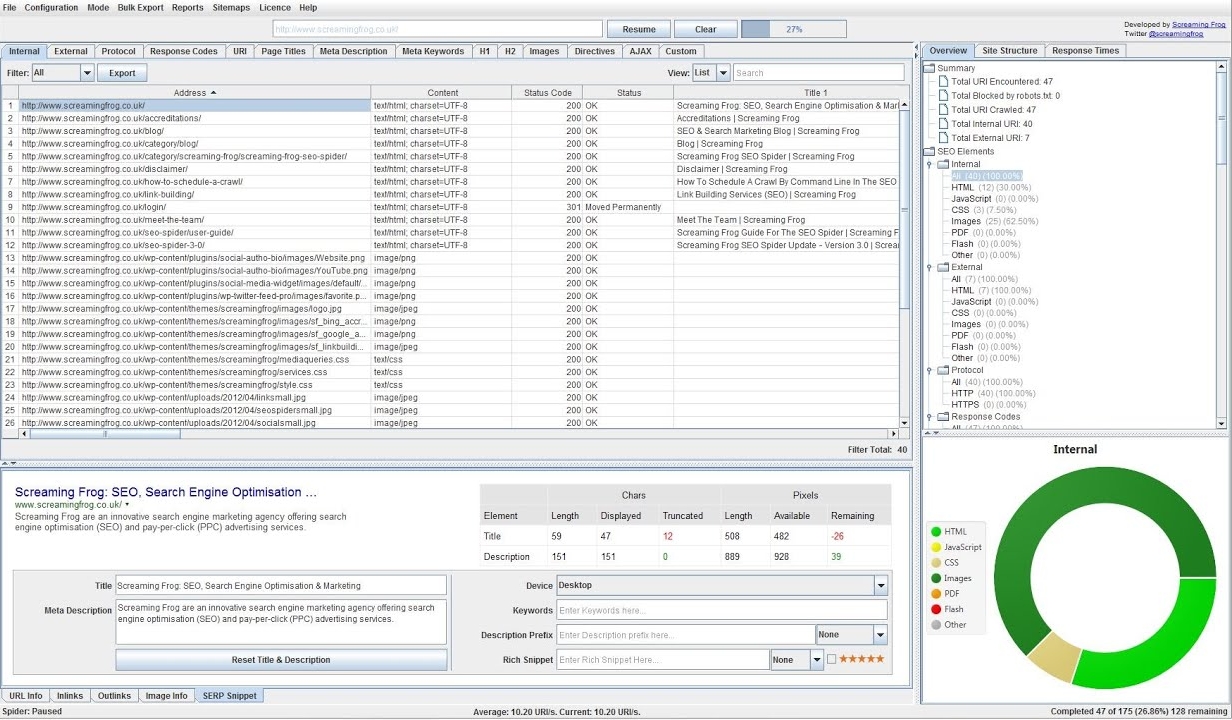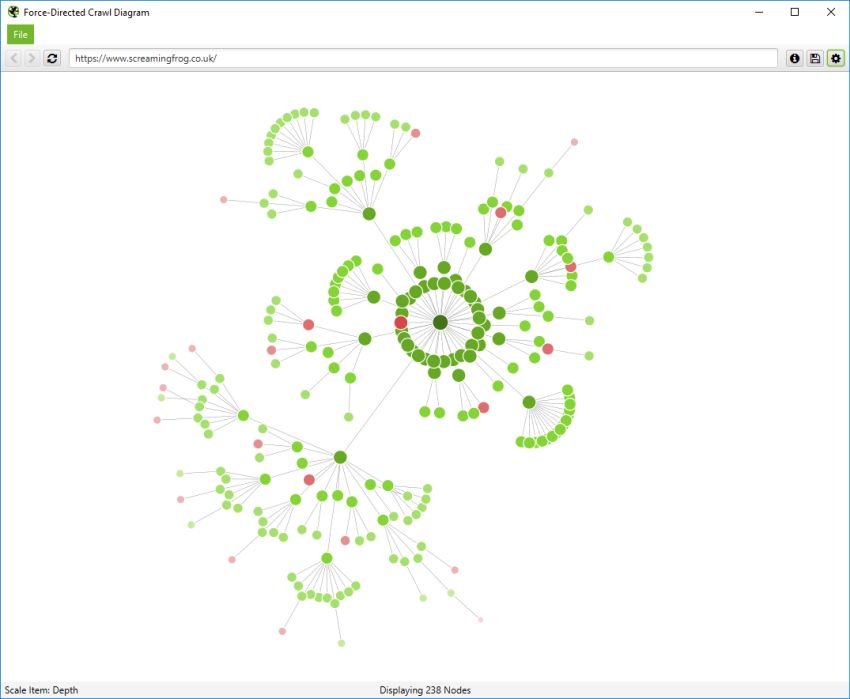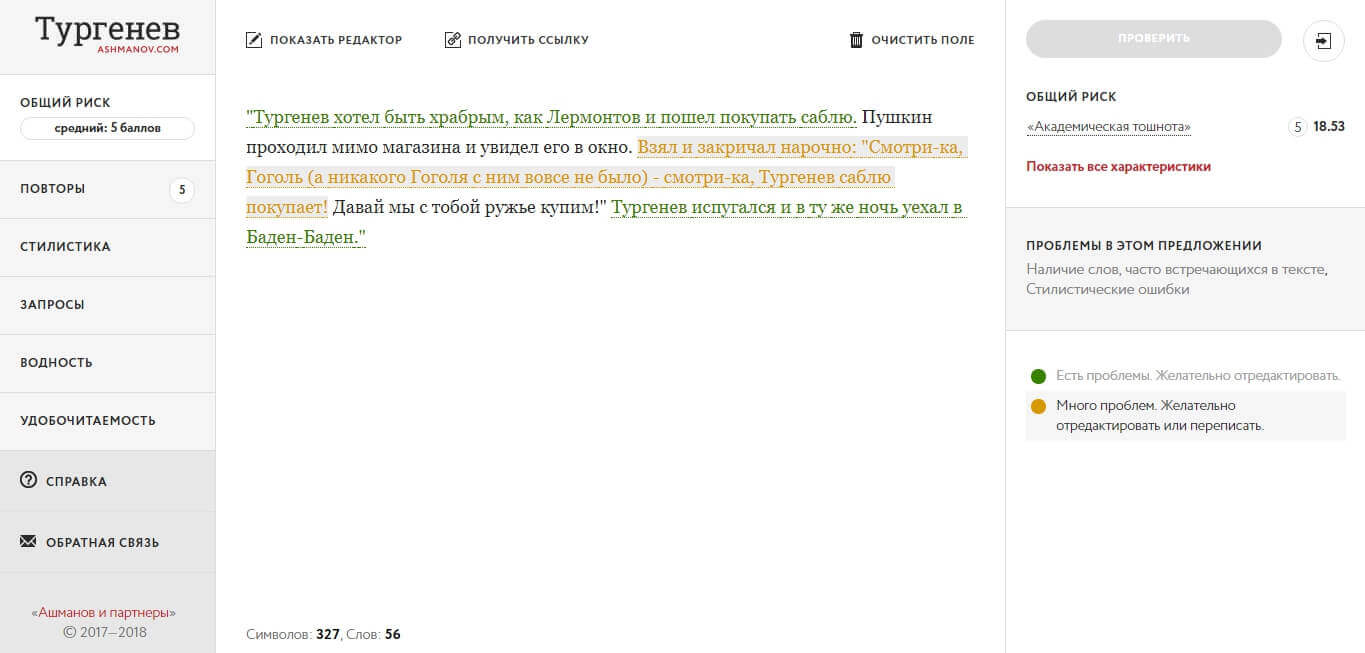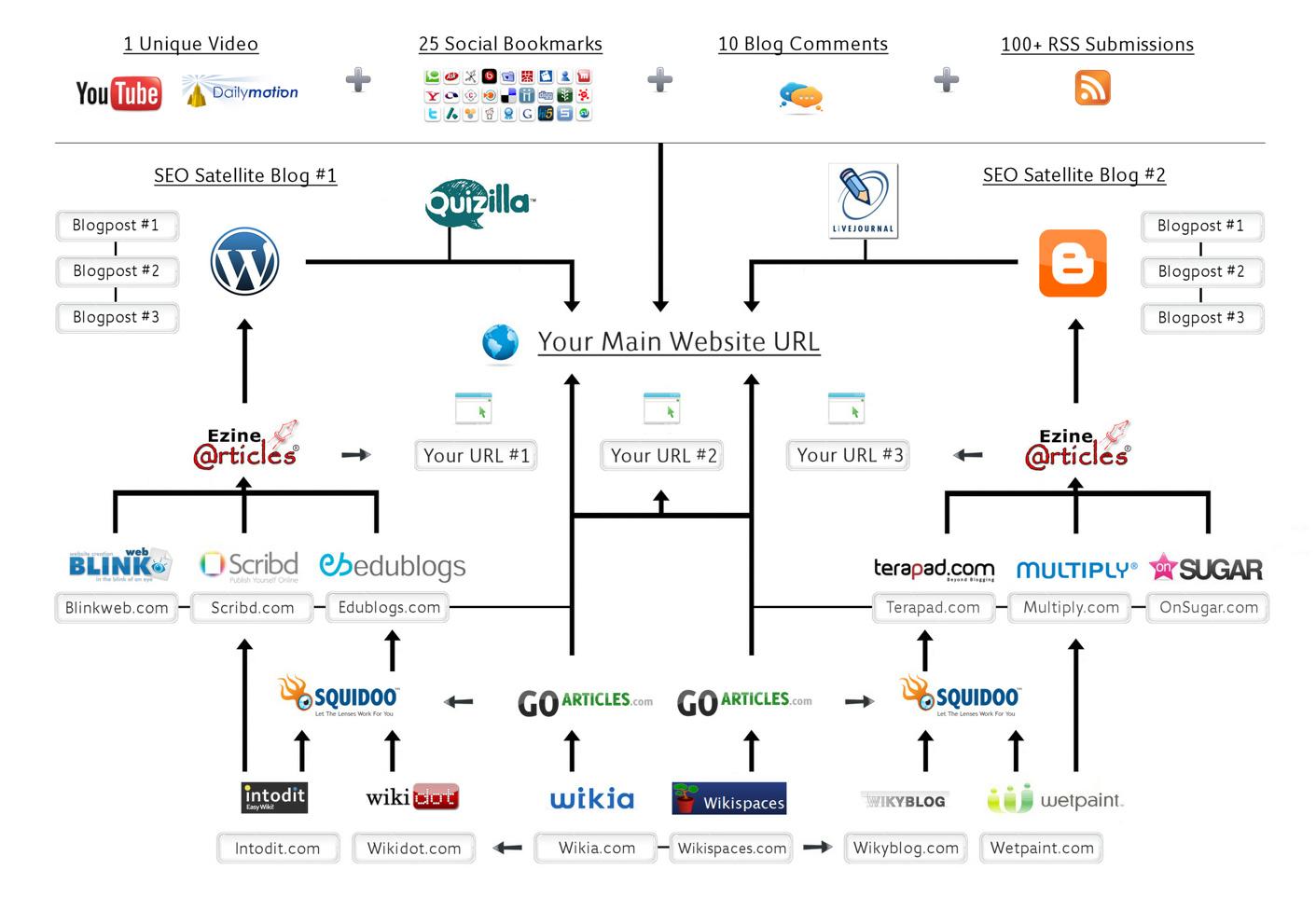10 stages of SEO promotion for the site
Search promotion is an important stage in the development of the project, allowing you to bring it to a new level. After the SEO specialist receives the necessary access to the site and its analytics systems, he begins to look for all the bottlenecks of the site, thereby building a further work plan for its optimization. Optimizing a site for search engines affects all its aspects, from external link mass to changing the very structure of the site.
So, there are about 10 mandatory stages of work. And they won't be drastically different for Google or other search engines. Neither the theme nor any other parameters affect, because this is the base. The only limitation is that all these recommendations are good for news, online stores, business cards, corporate sites, forums, ad aggregators, but not for landings.
#1 Analysis

The promotion specialist analyzes the site based on the data in the Google Webmasters panel. A comprehensive project promotion strategy can only be formed when a general analysis of goods, services and the site through which they are offered has been completed.
At this stage, the specialist analyzes the visibility of the site in the complex, according to requests of different frequencies. It then performs competitive analysis, which helps you understand why market leaders are bypassing your site. The structure and link profile of leading sites are analyzed, queries are selected for creating and optimizing landing pages. Regular and system analytics are carried out based on search results.
As a result, it is determined whether complex changes are needed, such as finalizing the CMS, switching to a secure protocol, and adapting to smartphones. At the same stage, the budget is formed, the allowable costs for content and links are specified. Large-scale changes are necessary: their absence will slow down SEO promotion after 2-4 months of active work and level out success.
#2 Collecting the semantic core
![]()
At this stage, special resources are used to collect search queries and cluster them, as well as divide them by frequency. This stage allows you to form (correct) the structure of the site, create a template for the formation of Title, Description, H1-H6 headings.
They also determine what texts are needed for landing pages and how to create a competent linking. The semantic core can include 100,000 queries or more, especially when it comes to an online store.
#3 Working with structure

For the correct structure of the site, it is necessary to create and optimize landing pages for important search queries. Categories are optimized for high-frequency keywords, medium- and low-frequency keywords are “points” of filter intersections, and super-low-frequency keywords (those that are mentioned by users in the search five times a month or less) are optimized for product cards.
Unique content is created based on the search results, competitive analysis, semantic core and internal search on the site. If we are talking about a company with branches or an online store with physical distribution points, then all landing pages are duplicated for each of the cities.
#4 and #5 Internal optimization and linking
The following work is being done here:
- Based on templates, auto-generation of tags and titles for the catalog, products, and so on is configured;
- Page addresses are reduced to a readable form;
- An XML map is created, duplicates are deleted;
- Server response code is optimized to increase speed;
- The micro-markup of reviews and information in the cards is configured.
The task of internal linking is to facilitate the transition of users and search robots to other pages within the site. Typically, "improving visibility" activities are carried out for internal filter pages.
#6 and 7 Stepwise optimization and crawl budget
Making changes to the structure and texts, creating new pages and preparing content for them is a long stage that can be carried out simultaneously with other stages.
Working with the crawl budget implies a clear sorting of filter pages into "garbage", closed from search engines, and indexed (those for which there are real key queries from users).
#8 Text optimization and usability

At this stage, unique H1 tags and headings are manually formed, and then new texts are created that include the necessary search queries and meet the current requirements of search engines.
Search engines have long taken into account how users interact with an Internet resource, how much time they spend on it. So SEOs are working to reduce bounce rates and increase the length of stay, the internal “search.”
#9 Posting links

These works are especially relevant for sites in highly competitive topics. External optimization (posting links on high-quality popular thematic sites) allows you to increase the authority of your resource from the user's point of view.
#10 Conversion boost
Here, order forms are worked out, their convenience is assessed, convenient ways of quick communication are added (including online chat), convenient and attractive CTA buttons are created, trigger personalized mailings are set up that take into account the current interests of the visitor.
So, there are 10 basic areas of work for a search engine promotion specialist. Each of these stages involves complex complex work, but allows you to comprehensively improve the position of the site in search results.
